Universe
ID: 4991
The James Webb Space Telescope (sometimes called JWST) is a large, infrared-optimized space telescope. The observatory launched into space on an Ariane 5 rocket from the Guiana Space Centre in Kourou, French Guiana on December 25, 2021. After launch, the observatory was successfully unfolded and is being readied for science. Webb will find the first galaxies that formed in the early Universe, connecting the Big Bang to our own Milky Way Galaxy. Webb will peer through dusty clouds to see stars forming planetary systems, connecting the Milky Way to our own Solar System.
The James Webb Space Telescope will not be in orbit around the Earth, like the Hubble Space Telescope is - it will actually orbit the Sun, 1.5 million kilometers (1 million miles) away from the Earth at what is called the second Lagrange point or L2. What is special about this orbit is that it lets the telescope stay in line with the Earth as it moves around the Sun. This allows the satellite's large sunshield to protect the telescope from the light and heat of the Sun and Earth (and Moon).
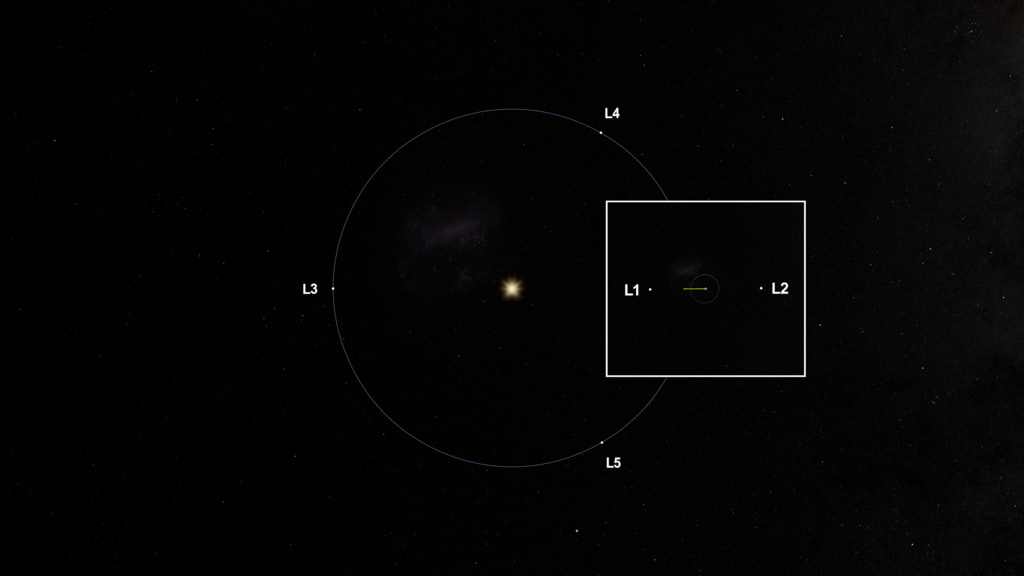


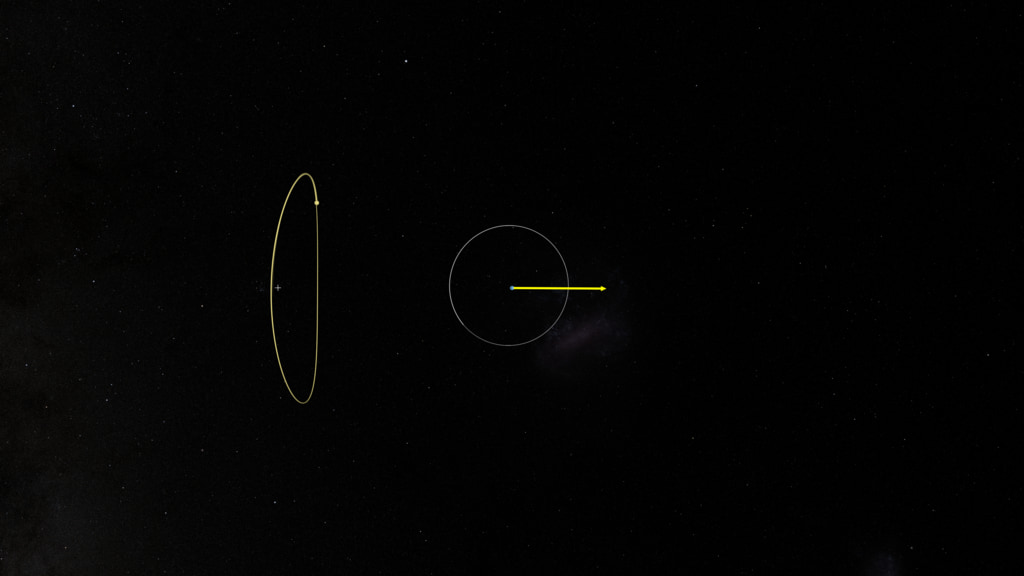
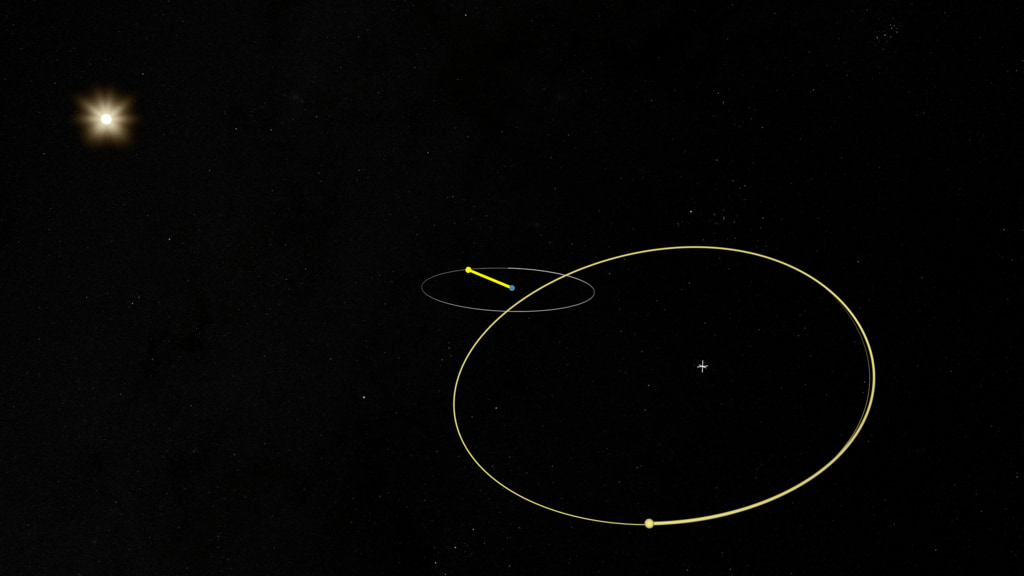
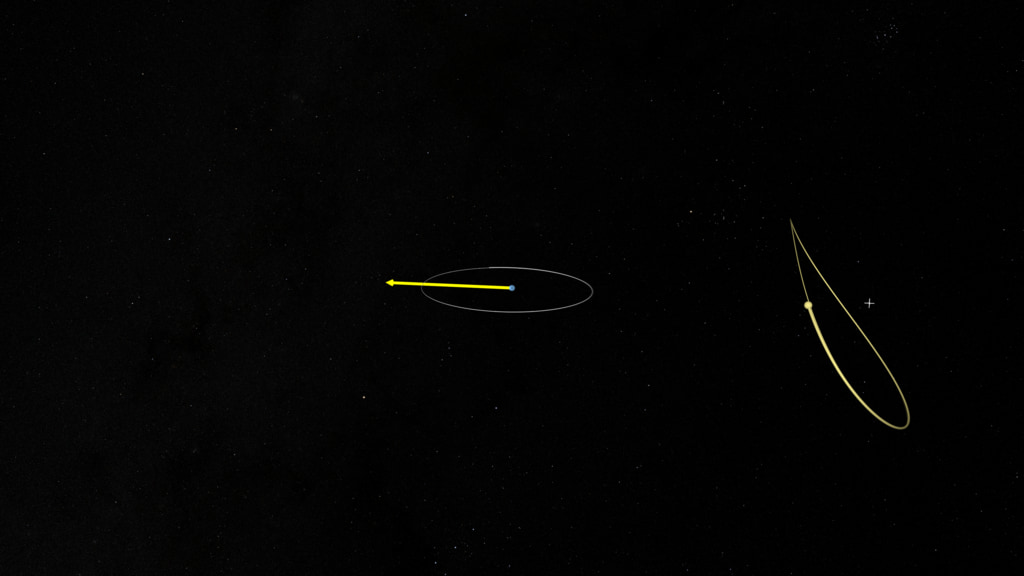
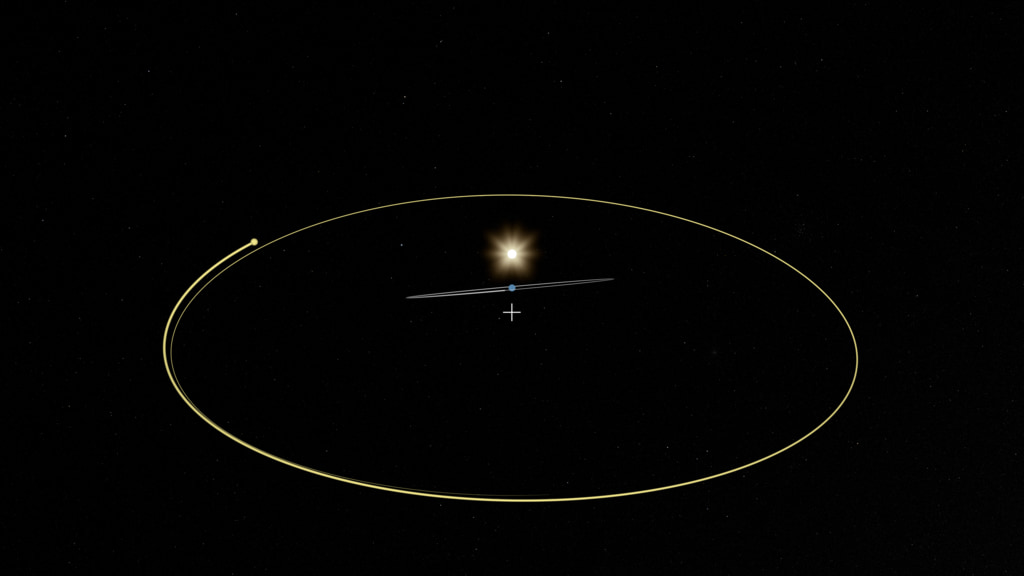
James Webb Space Telescope Launch and Orbit at L2
The James Webb Space Telescope will not be in orbit around the Earth, like the Hubble Space Telescope is - it will actually orbit the Sun, 1.5 million kilometers (1 million miles) away from the Earth at what is called the second Lagrange point or L2. What is special about this orbit is that it lets the telescope stay in line with the Earth as it moves around the Sun. This allows the satellite's large sunshield to protect the telescope from the light and heat of the Sun and Earth (and Moon).







Visualization Credits
Kel Elkins (USRA): Lead Visualizer
Michael McClare (KBR Wyle Services, LLC): Producer
Patrick Lynch (NASA/GSFC): Producer
Michael McClare (KBR Wyle Services, LLC): Producer
Patrick Lynch (NASA/GSFC): Producer
Please give credit for this item to:
NASA's Scientific Visualization Studio
NASA's Scientific Visualization Studio
Short URL to share this page:
https://svs.gsfc.nasa.gov/4991
Keywords:
SVS >> Orbit
SVS >> Hyperwall
SVS >> Hubble Space Telescope
SVS >> JWST
NASA Science >> Universe
https://svs.gsfc.nasa.gov/4991
Keywords:
SVS >> Orbit
SVS >> Hyperwall
SVS >> Hubble Space Telescope
SVS >> JWST
NASA Science >> Universe











